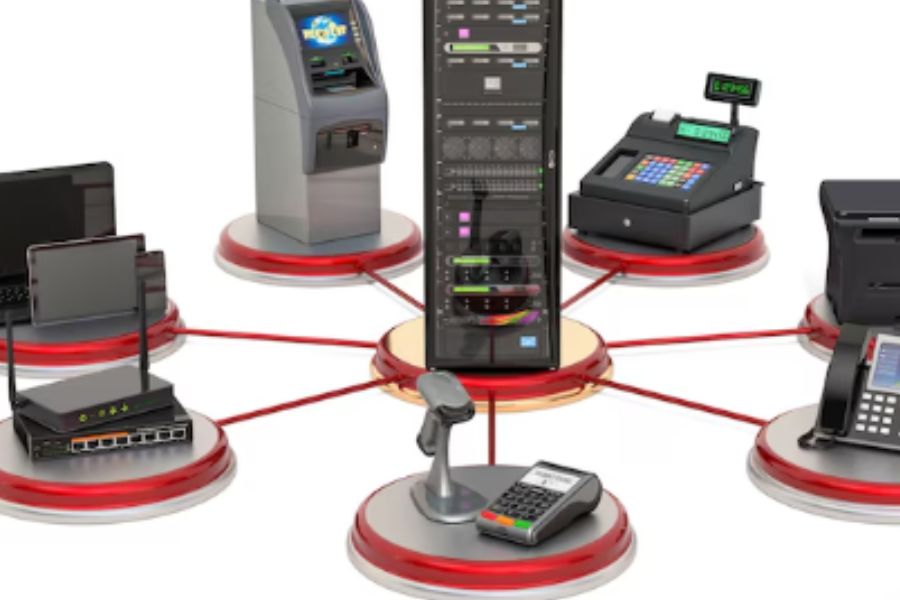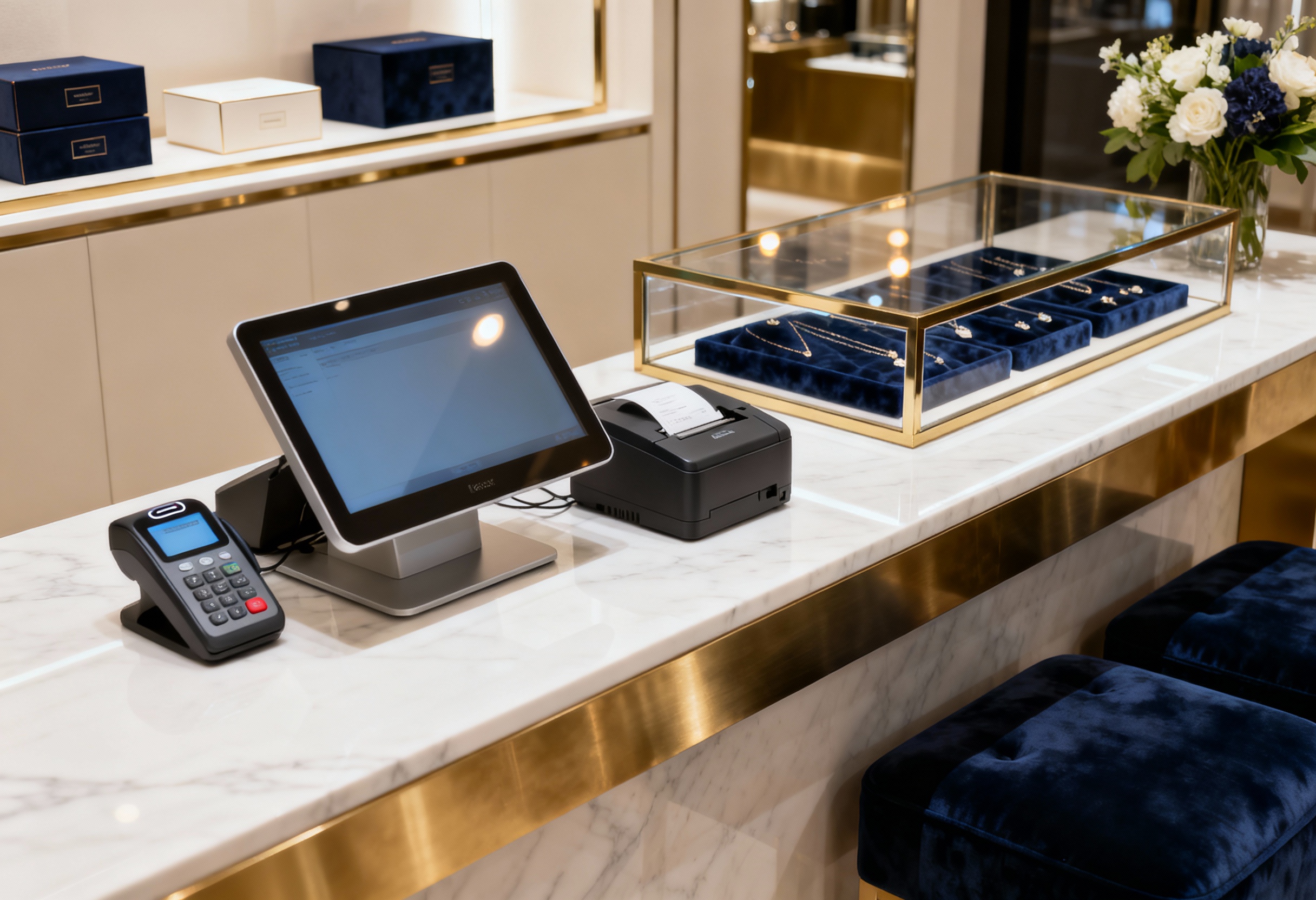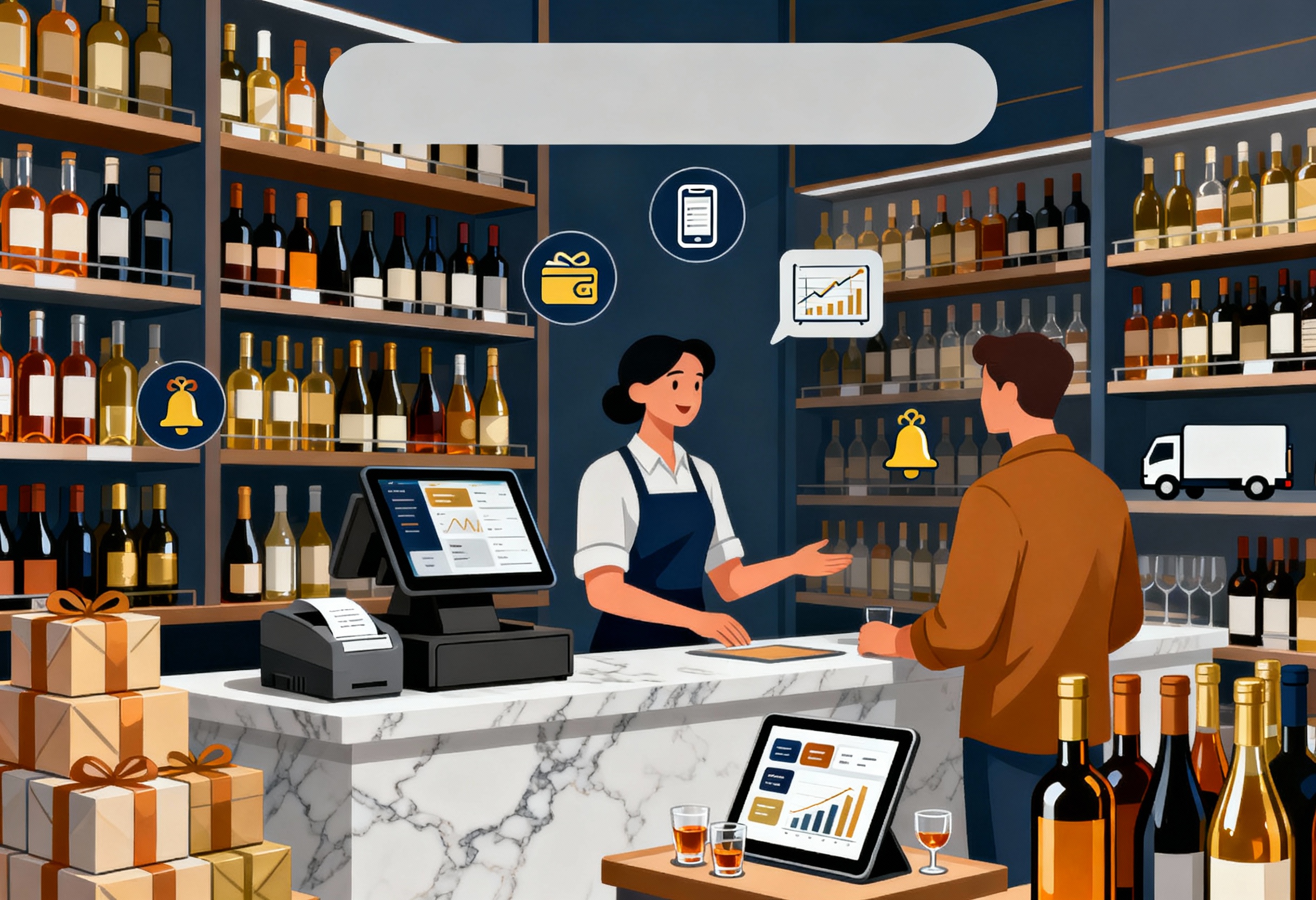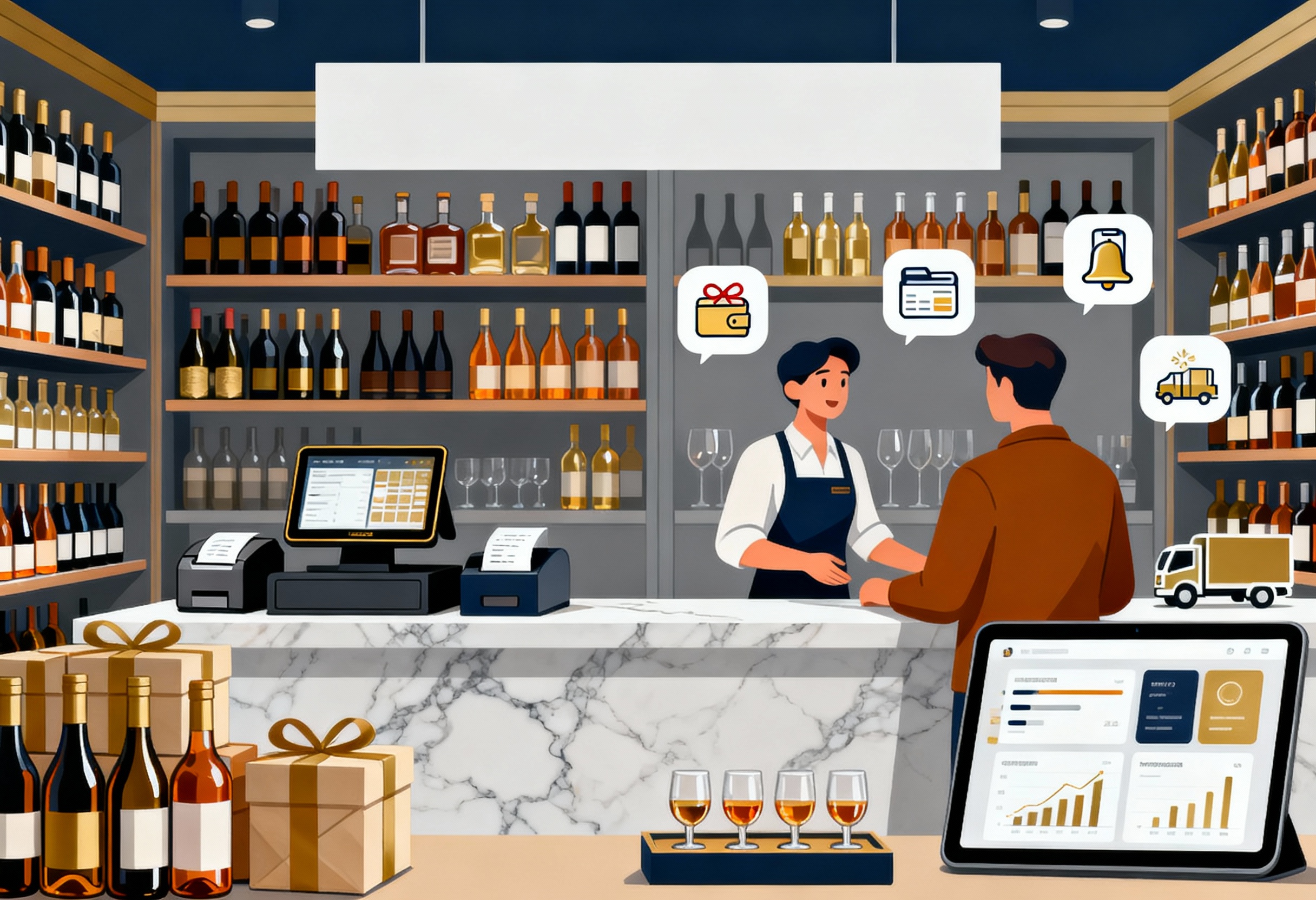Running a retail business in multiple locations? Then you already know the thrill and the chaos that comes with growth. But here’s the kicker: even the best businesses can crash and burn if their POS system isn’t built for scale. Think of your POS system as your business’s brain. If it’s glitchy, outdated, or poorly connected, the rest of your operations suffer, like a brilliant idea stuck in a foggy head. While setting up a multi-location POS might seem straightforward, many business owners stumble over common, avoidable pitfalls. In this article, we’ll discuss the top mistakes to avoid when setting up a multi location POS system and explain why these systems are essential.
Highlight:
- Choosing the right multi-location POS system unifies inventory, sales, and customer experiences across all stores, ensuring efficiency, consistency, and scalability in a competitive retail landscape.
- Avoiding common pitfalls like focusing solely on cost, ignoring hidden fees, or limiting payment options can save retailers time, money, and customer frustration, laying the groundwork for long-term operational success.
Why Multi-Location POS Systems Are Crucial for Modern Retail
As the retail landscape becomes increasingly competitive and omnichannel-focused, businesses with more than one store face unique challenges. Managing inventory, ensuring consistent customer experiences, and maintaining operational efficiency across locations can quickly become overwhelming without the right tools.
That’s where multi location POS system comes in, offering centralized control, real-time data, and flexibility to modern retailers.
- Centralized Management Across All Stores: A multi location POS system acts as a single control hub for all store operations, allowing retailers to manage inventory, pricing, and staff permissions from one platform. This eliminates the need for separate systems and confirms brand consistency, whether a customer shops in New York or London.
- Real-Time Inventory Visibility: One of the most significant advantages is real-time inventory synchronization across all branches. Retailers can track stock levels at every location, transfer items between stores to avoid stockouts, and manage replenishment efficiently, minimizing lost sales and maximizing operational efficiency.
- Enhanced Customer Experience: Modern consumers expect a seamless shopping experience, and a unified POS system makes this possible. Customers can enjoy services such as click-and-collect, returning items to any location, or redeeming loyalty rewards across stores, driving satisfaction and brand loyalty.
- Improved Reporting and Insights: A centralized POS generates comprehensive, real-time reports on sales, staff performance, and customer behavior across all locations. This data empowers managers to make informed decisions, optimize staffing, adjust inventory, and tailor marketing strategies to each region’s performance.
- Tailored Promotions and Marketing: Multi-location systems allow businesses to create location-specific promotions or implement global campaigns across all stores. This level of flexibility secures that marketing strategies are both targeted and scalable, which is important for national and international retail brands.
- Streamlined Staff and Operations Management: With a centralized POS, employee scheduling, permissions, and performance tracking can be handled efficiently. Retailers can onboard new staff faster, monitor hours across branches, and ensure operational consistency across the board.
- Supports Omnichannel Retail: Today’s customers may begin their shopping journey online and complete it in-store or vice versa. Multi-store POS systems support this omnichannel approach, integrating with eCommerce platforms and offering seamless order fulfillment and customer engagement across all touchpoints.
5 Common Mistakes to Avoid When Setting Up a Multi Location POS System
Setting up a multi location POS system can feel like you’re piecing together a giant jigsaw puzzle, every piece matters. When done right, it can optimize operations, strengthen inventory accuracy, and create a smooth shopping experience for customers across all locations. But if you take shortcuts or overlook critical factors, it can quickly spiral into a costly mess.
Now, let’s walk you through five common mistakes retailers make when implementing multi-location POS systems and how to steer clear of them.
Mistake 1: Making Decisions Solely Based on Cost
Let’s be real, price matters. But when it comes to something as vital as your POS system, focusing only on upfront cost is a trap.
Sure, a cheaper solution might save you money initially. However, retailers who prioritize cost over functionality end up spending 35% more in the long run due to hidden fees, lack of scalability, and system replacements. That’s not just a hit to your wallet, it’s also lost time and productivity.
How to Avoid It:
Instead of choosing the least expensive option, weigh the cost against features, support, and long-term value. Ask yourself: Will this system grow with my business? Is it easy to train staff across all locations? Remember, the right investment now can save you heaps down the line.
Mistake 2: Overlooking Additional or Hidden Expenses
Many retailers budget for hardware and software but miss out on sneaky hidden fees that can stack up over time. These may include:
►►► Optimal solution set for businesses: Multi store POS, Next-gen POS, Inventory Management Software (MSI), Self Service, Automation, Backorders
- Subscription renewals
- Integration costs
- Payment processing fees
- Data storage
- Support charges
A study by Software Advice found that over 40% of small businesses faced unexpected costs after setting up their POS systems, often due to lack of transparency during the buying process.
How to Avoid It:
Before you sign any contract, ask for a full cost breakdown. Request documentation on licensing, maintenance, hardware upgrades, and third-party integrations. Better yet, opt for vendors who are transparent and offer flat-rate or all-inclusive pricing models.
Mistake 3: Restricting Customers to Limited Payment Methods
Imagine a customer at checkout who wants to pay with a digital wallet, but your system only takes cash and cards. You’ve not only lost a sale, you’ve potentially lost a loyal customer.
Modern consumers expect flexible payment options. According to a 2023 Statista report, nearly 50% of global eCommerce transactions are completed using digital or mobile wallets. Yet, many POS systems in multi-location setups don’t support these modern payment methods across all branches.
How to Avoid It:
Choose a multi location POS system that accepts:
- Mobile wallets (Apple Pay, Google Pay)
- Buy Now, Pay Later (BNPL) services
- Gift cards, store credit
- Contactless payments
Ensure uniformity across locations so that customers enjoy a consistent experience no matter where they shop.
Mistake 4: Choosing a Generic, Non-Customizable POS Solution
Not all businesses are created equal, and your POS shouldn’t be either. A one-size-fits-all POS may work okay for a single location but will likely struggle across different store sizes, regional needs, and operational complexities.
For example, a clothing retailer may need matrix inventory management, while a café chain might prioritize real-time ingredient tracking. If your POS lacks industry-specific features or customization options, you’re setting yourself up for limitations, workarounds, and frustration.
How to Avoid It:
Look for a POS that:
- Is industry-specific or offers modular features
- Supports custom reports, employee permissions, and localized settings
- Integrates with your existing tools (e.g., CRM, loyalty, ERP)
Ask vendors to demonstrate how the system handles different locations’ needs before you commit.
Mistake 5: Neglecting to Consider the Importance of Ongoing Support
Even the best multi location POS system can hit a snag. What happens when your system crashes on a busy weekend or your team needs help setting up a new location? If your provider offers weak or inconsistent support, you’re left scrambling.
How to Avoid It:
Always evaluate a vendor’s customer support offerings. Look for:
- 24/7 support via chat, phone, and email
- A dedicated account manager or a success team
- Clear SLAs (Service Level Agreements)
- An active knowledge base or user community
Better support ensures quicker resolutions, smoother onboarding, and long-term success.
Steering clear of common point-of-sale (POS) pitfalls is not about achieving perfection; it’s about taking proactive steps. Whether you’re selecting a system that fits your budget, providing flexible payment options, or ensuring reliable support, these choices form the foundation for effective management of retail operations across multiple locations.
Why ConnectPOS is the Right Choice for Your Business
When you’re managing multiple retail locations, a reliable POS system isn’t just helpful – it’s foundational. But many systems fall short when it comes to handling the operational complexity that comes with scale.
That’s where ConnectPOS sets itself apart. Built to support modern, multi-store retail, it bridges the gap between centralized control and store-level flexibility.
- Real-time omnichannel sync keeps your inventory and sales aligned across physical and online stores.
- A customizable interface and modular features let you tailor the system to how your business actually runs.
- Built-in support for multiple payment methods, from local wallets to global providers, keeps checkout frictionless.
- Cloud-based infrastructure means your data is always up to date, no matter where you are.
- Centralized reporting gives you location-specific performance with group-level insights.
- Role-based access helps assign the right permissions to the right teams across stores.
- Smart stock transfers and automated replenishment simplify inventory balancing across branches.
- And when issues arise, 24/7 expert support means you’re never left guessing.
With ConnectPOS, you’re not just getting a multi-location POS system, you’re getting a partner in growth.
FAQs: Multi location POS System
- How often should I review my multi location POS system after setup?
At least every 6–12 months. Regular reviews help identify inefficiencies, adapt to new customer expectations, and ensure your system is still aligned with your business growth.
- Are cloud-based POS systems better for multi-location setups?
Yes, absolutely. Cloud-based systems offer real-time synchronization, remote access, automatic updates, and better scalability all crucial for managing multiple locations.
- How do I know if a multi location POS system can scale with my business?
Check for modular architecture, support for unlimited users or outlets, and responsive customer service. Also, look into whether other growing businesses in your niche use the system.
Conclusion
Setting up a multi location POS system can feel like navigating a maze, but it doesn’t have to. By avoiding these five common mistakes, you can make smarter decisions that set your retail business up for long-term success.
Take your time. Ask the hard questions. And choose a POS system like ConnectPOS that evolves with your needs, supports your goals, and never lets your business down when it matters most. Contact us right now to support!
►►► Optimal solution set for businesses: Shopify POS, Magento POS, BigCommerce POS, WooCommerce POS, NetSuite POS, E-Commerce POS



